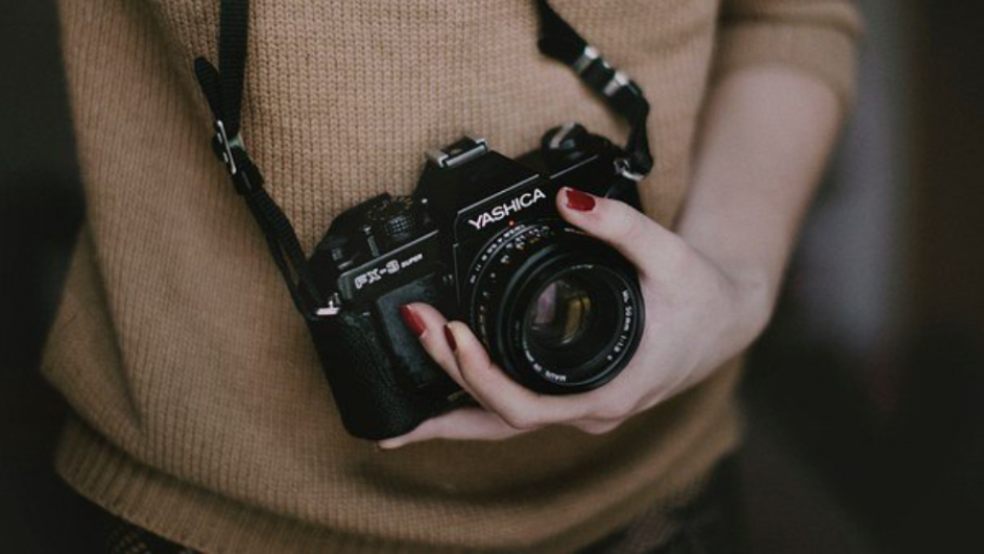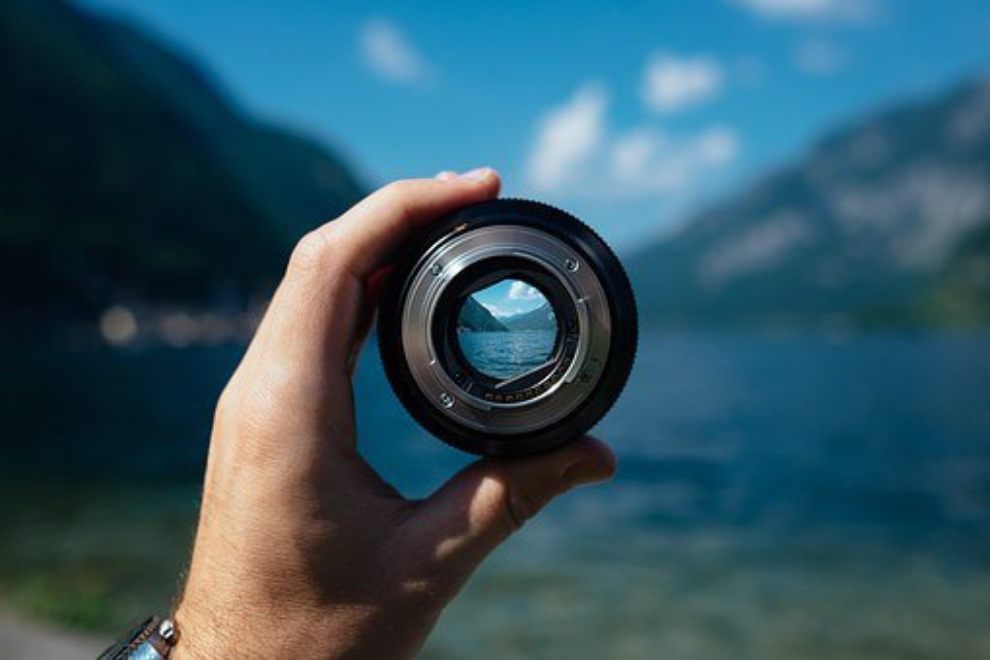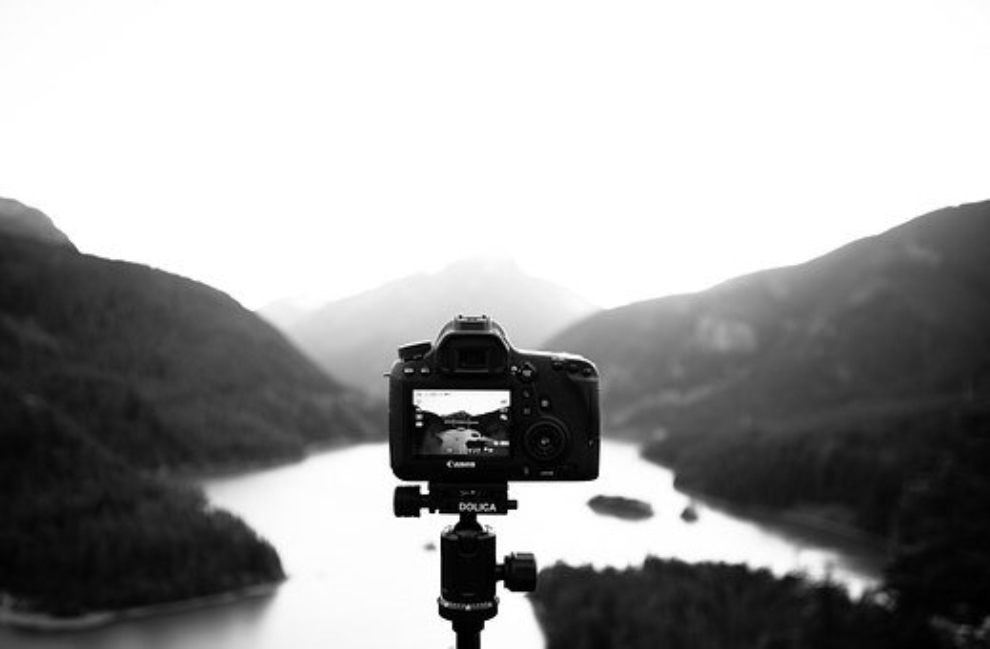
Factors That Greatly Affect the Quality of Your Photo
Photography is a mix of art and science. Most people care more about the artistic aspect, which is definitely fun and creative. Figuring out how to make your shot interesting, beautiful, or edgy is exciting and it will take time to perfect. But if you don’t understand the technique when creating a photo, all your talent may be worthless. Learning how to combine art and technique will make you a true master.
Image quality is a combination of many factors and the relationships between them. You mustn’t underestimate the quality of your camera, because it can make a huge difference.
If you want to improve your skills and shoot some eye-catching photos, you should consider the following factors.
Equipment
Make sure you do your research so you will know exactly what kind of lens to use, or what the capabilities and specifications of your camera are. If you are just starting out, you should learn about the essential gear for photographers. As you build your skills, you will invest more money in the equipment. If you already have a good camera, here is a list of items to get you started:
Camera Tripod
Camera tripods are extremely useful. Making sure your camera is stable, helps you take long-exposure shots without worrying if your camera will shake. You will need it for shooting portraits, weddings, landscapes, etc.
Prime Lens
If you are a beginner it’s best to start with a prime lens. It can help with composition techniques. As you get more skilled, you will try plenty of other lens types, for all kinds of shots. Here are some examples:
- Standard lenses
- Telephoto lenses
- Wide-angle lenses
- Fisheye lenses
- Macro lenses
- Tilt-shift lenses
Lighting Equipment
If you want to be more professional, try not to use the built-in flash on your camera. Experiment with an external flash unit! It will make your photos look so much more artistic.

Lighting
The presence of light is essential to the photo and it can make all the difference. Understanding how the lighting works can be very complex, but without that knowledge, you won’t be able to get the best photo possible. Here are three main concepts you need to understand:
Position
The objects you are shooting are in direct relation to the light source and position plays a great role. You can choose from:
- Front Lighting
- Side Lighting
- Back Lighting
Do you want to add drama to your photo? Or some texture and depth? Try experimenting with the position of light!
Strength
Depending on how light or dark you want your shadows to be, you can choose between hard light and soft light. Hard light creates more contrast, and soft light offers more subtle shadows.
Color
Playing with colors can be very creative. Colors give an emotional level to a photo. Start exploring your artistic side, by using a manual white balance on your camera. It’s so much more interesting than using the automatic one.
Angle
Even when using amateur equipment, a good photographer can shoot a neat photo just by choosing the right angles and positions. That way he/she can experiment with lighting and emphasize details, or mood in the photo.
When you are creative with the use of angles, you add variety to your photo collection. There are five main camera angles you can use:
Bird’s Eye View
This is the highest camera angle. You are shooting from above the scene and looking straight down. It’s unusual, original, and interesting to look at.
High Angle
This one is not that extreme. Your position should be just a little higher than the object. It’s useful to make your subject/object seem smaller or vulnerable.
Face-to-Face
This angle helps the viewer to feel a personal connection to the subject. It’s great for portraits.
Low Angle
By taking the photo from below eye level, you will make the subject/object appear larger. Also, if you want your photo to look epic or scary, you won’t regret trying this angle.
Bug’s Eye View
Take the photo by getting down as low as possible and looking straight up. It’s an unusual angle, also known as “worm’s eye view”. It will give creativity to your photo.
Photoshopping
Each photographer needs to have some amount of skills in photoshop. Some studies show that in the world of commercial photography almost 40% of the photo can be edited.
If you are a professional you may need this skill if the client acquires to look younger and more presentable in the photo.

Whether you are a professional or just a photography enthusiast, if you are dedicated, persistent, and hard-working you will see big improvements in the quality of your photos. The beauty of photos is that they caption emotions and memories.
“A photograph is the pause button of life.”



















